Description
Overview
Azelaic acid and clindamycin are often combined in compounded formulations for the treatment of acne. Azelaic acid is a dicarboxylic acid with anti-inflammatory, antibacterial, and keratolytic properties, while clindamycin is a lincosamide antibiotic that targets acne-causing bacteria. Together, they provide a powerful combination that addresses multiple factors contributing to acne, including bacterial overgrowth, inflammation, and abnormal keratinization of the skin.
This combination is commonly used for mild to moderate acne vulgaris and can be an alternative for individuals who do not tolerate other topical treatments such as benzoyl peroxide or retinoids.
Mechanism of Action
- Azelaic Acid:
- Antibacterial: Inhibits the growth of Propionibacterium acnes (now called Cutibacterium acnes), the bacteria responsible for acne development.
- Keratolytic: Helps to normalize skin cell turnover, preventing clogged pores and the formation of comedones.
- Anti-Inflammatory: Reduces redness and swelling associated with acne lesions.
- Depigmenting Agent: Inhibits tyrosinase, which helps lighten post-inflammatory hyperpigmentation (PIH) from acne.
- Clindamycin:
- Bacteriostatic Antibiotic: Binds to bacterial 50S ribosomal subunits, inhibiting protein synthesis and reducing bacterial growth.
- Anti-Inflammatory: Helps reduce swelling and redness associated with acne lesions.
- Reduces Sebum Production: Indirectly decreases oil production by lowering bacterial-induced inflammation in the sebaceous glands.
Benefits and Indications
The azelaic acid and clindamycin combination is primarily used for:
- Acne Vulgaris:
- Effective against inflammatory acne (papules and pustules) and non-inflammatory acne (blackheads and whiteheads).
- Helps in reducing post-inflammatory hyperpigmentation, making it ideal for darker skin tones.
- Rosacea (Off-Label Use):
- Azelaic acid is often used for rosacea, reducing redness and pustules. The addition of clindamycin can help manage rosacea-associated breakouts.
- Hyperpigmentation and Melasma (Off-Label Use):
- Azelaic acid’s tyrosinase inhibition makes it effective for hyperpigmentation, especially for individuals with acne-induced dark spots.
Possible Side Effects
Although generally well tolerated, some individuals may experience:
- Skin Irritation: Redness, burning, or stinging, especially during the first few weeks of use.
- Dryness and Peeling: Common with azelaic acid, particularly in individuals with sensitive skin.
- Allergic Reactions: Rare but may include itching, swelling, or rash.
- Bacterial Resistance: Long-term use of clindamycin alone can lead to antibiotic resistance, so it is often combined with other acne treatments.
Drug Interactions
- Other Topical Acne Treatments (e.g., Benzoyl Peroxide, Retinoids): Can increase irritation when used together; may require alternating applications.
- Oral Antibiotics (e.g., Doxycycline, Minocycline): Using topical and oral antibiotics together increases the risk of antibiotic resistance.
- Topical Exfoliants (e.g., Salicylic Acid, Glycolic Acid): May enhance skin irritation when used simultaneously.
Precautions and Considerations
- Use in Pregnancy: Azelaic acid is generally considered safe, but clindamycin should only be used if prescribed by a doctor.
- Skin Sensitivity: Individuals with rosacea or sensitive skin may need to start with lower concentrations of azelaic acid to minimize irritation.
- Sun Protection: Both azelaic acid and clindamycin can make the skin more sensitive to sunlight, so sunscreen use is essential.

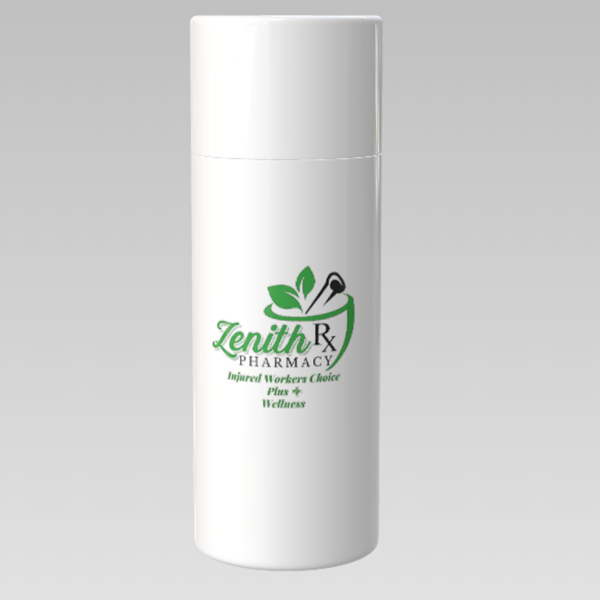
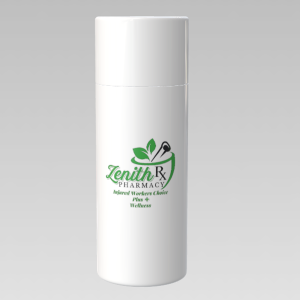
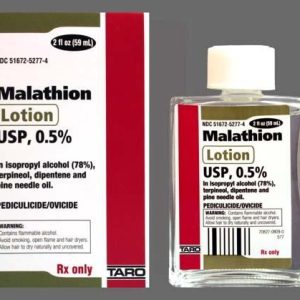
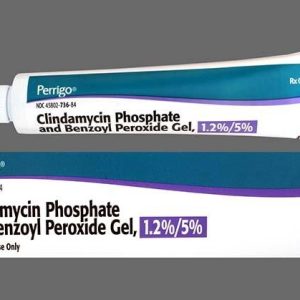
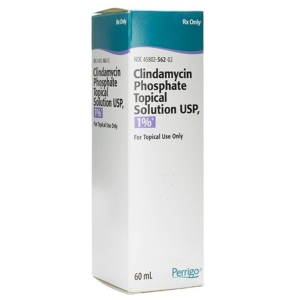
Reviews
There are no reviews yet.